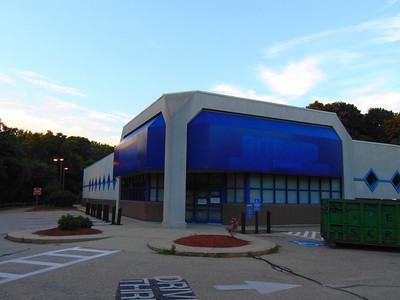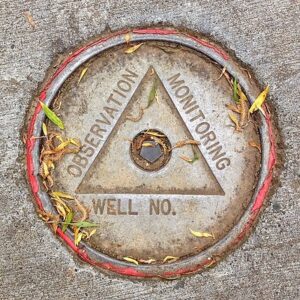Rite-Aid announced last week that it will close all of its Michigan stores beginning in July. CVS just closed the Carpenter Road store and promises more closures to come. If you look around town, it seems like there too many pharmacies, and that doesn’t even consider the online pharmacy options. It’s not unlike the current situation among higher education institutions. Without doubt, there is far more seating capacity at US higher education institutions than demand for their services.
Concordia University in Ann Arbor just announced that will be considerably downsizing its campus operations next year. Questions regarding Concordia’s financial stability have been swirling for years, and a decade-old merger with a Wisconsin school has produced more questions than answers. Following a stream of stories regarding cuts and changes at the school’s Geddes Road campus, some people may be wondering if this is a harbinger of things to come for Ann Arbor’s other higher education institutions.
Recently, I calculated the excess capacity of Michigan’s public higher education institutions, based on their peak enrollment. The public institutions, which include all state universities and community colleges, have the capacity to serve about a quarter-million more students than they’re currently enrolling. The data suggest that about 230,000 of those unfilled seats are at the undergraduate level. That figure doesn’t include any of Michigan’s private schools (non-profit or otherwise), but even without compiling the numbers, there is no reason to think they’re not getting killed, too.
So, what do the drug stores do when there are too many stores on too many corners? Someone blinks (or comes to their senses) and closes some stores. What do higher education institutions do when there are too many open seats? I’m not sure because closing isn’t the go-to solution.
Higher education institutions that want to survive need to compete
Undoubtedly, there’s a heavy mix of emotion in the decision to close higher education institutions. But the decision to remain open has to be accompanied by a firm commitment to correct all of the problems that caused enrollment to decline, expenses to rise, or whatever else might have caused the question to arise.
In higher education’s current state – at least in Michigan – it is not possible to sustain excess higher education capacity to the tune of 250,000-300,000 seats. Competition is a zero-sum game. When someone wins, someone else loses. If survival is important, the higher education institutions that want to survive will have to figure out how to compete effectively for the reduced number of interested students.
One of the main questions prospective students ask is, “What’s in this for me?” If colleges and universities can’t come up with a cogent answer to that question, students will gravitate to the institutions that can answer it.
By the looks of the peak enrollment figures, Michigan’s community colleges stopped being able to answer The Question sometime between 2007 and 2013. Washtenaw Community College stopped being able to answer The Question in 2011. (That’s not based on my opinion; that’s when the enrollment decline started at WCC.)
It seems that time is running out for higher education institutions to come up with strategies to answer The Question. Community colleges are under particular pressure to get their enrollment problems fixed because at some point, the public will no longer be willing to pay for an institution that can’t figure out how to support the community that pays a significant chunk of its bills.
No one likes failing a test, but for some higher education institutions, their current circumstances might be their final exams.
Photo Credit: JJBers , via Flickr





















